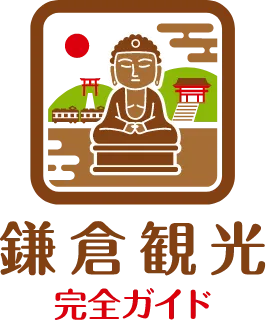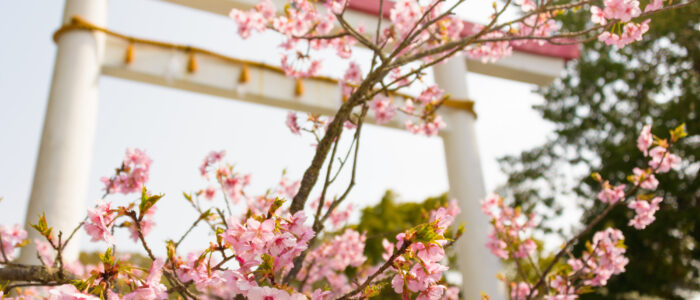Plum Blossoms at Kamakura-gu Shrine
The Beauty of Plum Blossoms at Kamakura-gu Shrine
At Kamakura-gu Shrine, visitors can admire the “Shogun Plum”, said to have been planted by Prince Kaneyoshi, the younger brother of Prince Moriyoshi. This historic plum tree blooms beautifully, offering a glimpse into the past while signaling the arrival of spring. Located beside the temizuya (purification fountain) near the second torii gate, the Shogun Plum is a symbol of Kamakura-gu Shrine.
History and Background
Kamakura-gu Shrine (Kamakura-gū) was founded in 1869 (Meiji 2) to enshrine Prince Moriyoshi (Moriyoshi Shinnō), a key figure in the anti-shogunate movement during the Nanboku-chō period (mid-14th century). The shrine’s grounds feature plum blossoms associated with the Southern Court’s history.
The Shogun Plum (Shōgunbai) is believed to have originated from a tree planted by Prince Kaneyoshi (Kaneyoshi Shinnō) to commemorate the fallen soldiers after the Battle of Chikugo River. In the Meiji period (19th century), the tree was transplanted from Yatsushiro Shrine in Kumamoto Prefecture and is now preserved within Kamakura-gu Shrine.
Best Season to Visit and Highlights
- Late January to Early March: The Shogun Plum reaches full bloom.
- Plum Tree Beside the Temizuya: A historically significant and iconic tree of Kamakura-gu Shrine.
- Limited-Time Goshuin (Seal Stamp): Special seasonal goshuin featuring the Shogun Plum.
- Coexistence with Kawazu Cherry Blossoms: Visitors can admire both plums and winter-blooming cherry blossoms.
The Unique Charm of Kamakura-gu Shrine
Kamakura-gu Shrine is not widely known as a famous spot for plum blossoms, but the historically significant “Shogun Plum” makes it a must-visit destination. A highlight is the limited-time goshuin featuring the Shogun Plum motif, available during its blooming period.
Additionally, Kawazu cherry blossoms bloom in mid-winter, allowing visitors to enjoy both plum and cherry blossoms at the same time, making this shrine a hidden gem for flower enthusiasts.
Conclusion
The Shogun Plum at Kamakura-gu Shrine offers a rare opportunity to appreciate both historical significance and natural beauty. As you admire the delicate plum blossoms, take a moment to reflect on the legacy of Prince Kaneyoshi and his era.
Toshi’s Evaluation
| Evaluation Criteria | Score | Reason |
|---|---|---|
| Scenic Beauty | 9 points | Centered around the Shogun Plum, the white and red plum blossoms harmonize beautifully with the historical setting. The contrast between the white blossoms and the blue sky on sunny days is particularly striking. |
| Accessibility | 8 points | Accessible via a 10-minute bus ride from Kamakura Station, followed by a 5-minute walk. However, buses can get crowded. |
| Historical Value | 10 points | The Shogun Plum is associated with Prince Morinaga’s brother, Prince Kaneyoshi, making it a valuable cultural asset from the Nanboku-chō period. |
| Comfort | 7 points | While the grounds are well-maintained, comfort can be slightly compromised during peak times. Facilities like restrooms and seating areas are somewhat limited. |
| Reviews | 8 points | Online reviews are highly positive (average around 4.5). Visitors praise the history and beauty of the Shogun Plum, though some mention crowding as a drawback. |
Total Score: 42 Points
The Shogun Plum at Kamakura Shrine is a highly recommended destination for its historical significance and stunning scenery. The best time to visit is from late February to early March when the plum blossoms are in full bloom. To avoid crowds, visiting in the early morning is advisable. Combining this spot with other plum blossom sites like Egara Tenjin Shrine or Zuisenji Temple can enhance your experience.

